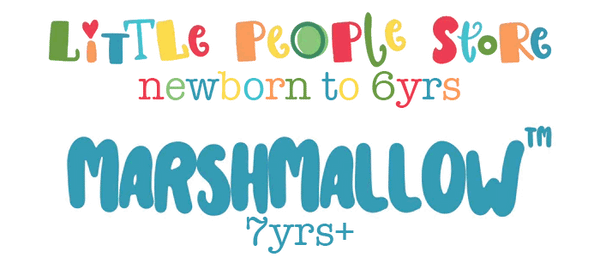Use expressive voices and bring the story to life by using different voices for each character. Use exaggerated tones, accents, and facial expressions to make the characters more engaging and memorable.
Encourage participation and involve your child in the storytelling process. Ask them questions about the story, characters, or their predictions. Encourage them to make sound effects or gestures that relate to the story.
Make it a sensory experience by creating a multi-sensory experience by incorporating props, sound effects, or music that relate to the story. For example, if the story mentions rain, you can use a spray bottle to simulate the feeling of raindrops.
Pause for discussion during the story at key moments to ask your child what they think will happen next or how they feel about a particular event. This encourages critical thinking and engages their imagination.
Act out the story by bringing the story to life by acting out certain scenes or using puppets or stuffed animals as characters. This adds a visual and kinesthetic element to the storytelling experience.
After reading the story, encourage your child to draw a picture or create a craft related to the story. This allows them to express their creativity and further engage with the content.
Look for books that offer interactive elements such as lift-the-flap, touch-and-feel, or pop-up features. These books provide a hands-on experience and make the story more interactive for your child.
As your child becomes more confident, allow them to take turns reading parts of the story or even retelling the story in their own words. This promotes their reading skills and boosts their confidence.
Connect the story to real-life experiences by helping your child connect the events in the story to their own experiences or the world around them. Relate the story to their daily lives, discuss how they would handle similar situations, or ask them to share their thoughts and feelings about the story's themes.
Establish a consistent reading routine and designate a special reading space. Let your child choose the book or rotate the responsibility of choosing the story. This builds anticipation and makes reading a bedtime story a special and enjoyable part of their daily routine.
Remember, the goal is to make reading a bedtime story a fun and interactive experience for your child. By incorporating these strategies, you can enhance their engagement, imagination, and love for reading.
How to make storytelling more interactive and engaging for your child?

